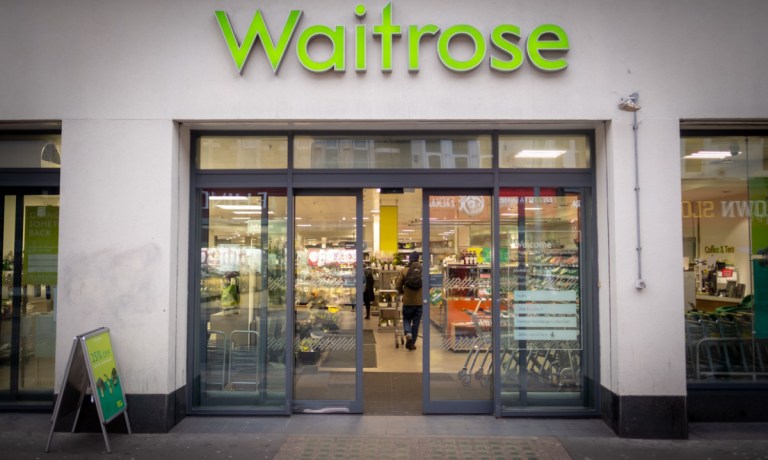
With Amazon reportedly in discussions with Waitrose, eCommerce giant seems to be moving further into the grocery aggregator space, and if these efforts make their way to the U.S., the company could soon wage battle against Instacart.
London-based publication The Telegraph reported that Waitrose, a higher-end British supermarket chain, is in talks with Amazon to sell via the eCommerce giant’s marketplace.
Amazon and Waitrose declined PYMNTS’ request for comment.
In the United Kingdom, Amazon already sells groceries from supermarket chains Iceland, Morrisons and Co-op, such that the company is already functioning as a grocery aggregator in the country. These partnerships include same-day delivery options, among other alternatives.
“Teaming up with third-party retailers we know our customers already love gives us the opportunity to offer customers even more choice and delivery options from their product ranges directly from our website,” Amazon commented in a news release last month.
In the United States, meanwhile, Instacart has had a near-monopoly on the grocery aggregator category, though restaurant delivery services have been encroaching in recent years, adding more grocers to their marketplaces and promoting these offerings more heavily to consumers.
Indeed, Instacart already considers Amazon a competitor, as the company shared in its Form S-1 with the Securities and Exchange Commission (SEC) in advance of its initial public offering (IPO).
“With respect to Instacart Marketplace, our current and potential competitors include … existing and well-established online grocery or shopping alternatives, including digital-first platforms, such as Amazon,” the aggregator stated.
Instacart is doing what it can to hold onto its share of online grocery sales in the U.S., partnering with businesses ranging from Mastercard to Mount Sinai Solutions on initiatives to drive adoption and engagement.
Overall, Amazon has been looking to grow its share of the grocery category, both in person and online. The company recently lowered the minimum order size for Prime members to get groceries delivered. It has reportedly been considering launching a new grocery subscription program. It is said to be gearing up to update its stores, to pilot test a warehouse automation program and to offer delivery to non-Prime members.
PYMNTS Intelligence finds that Amazon has captured a 2.6% share of consumers’ food and beverage spend — well behind competitor Walmart’s 19.3% share.
Brick-and-mortar may be key to growing that share, but eGrocery is also playing a growing role in the overall category. PYMNTS Intelligence’s study “Tracking the Digital Payments Takeover: Catching the Coming eCommerce Wave,” created in collaboration with Amazon Web Services (AWS), which drew from an April survey of nearly 2,700 U.S. consumers, revealed that 32% of shoppers said they are very or extremely likely to increase their online grocery purchases in the next year.
Granted, the category’s online growth has been slower than other sectors’ digitization. PYMNTS’ Karen Webster observed in a recent feature, “PYMNTS Intelligence’s analysis of 15,000 consumers across 11 countries every quarter over the last three calendar years reveals that for every 10% increase in online shopping there is a 7% increase in using digital channels to shop for groceries.”